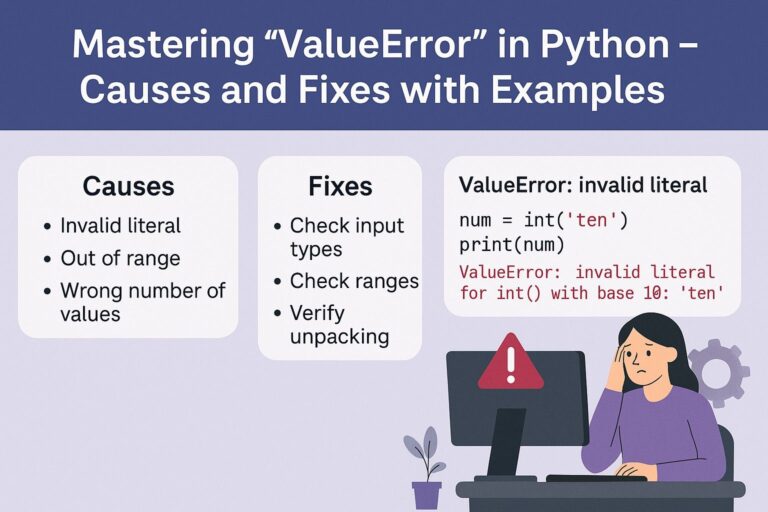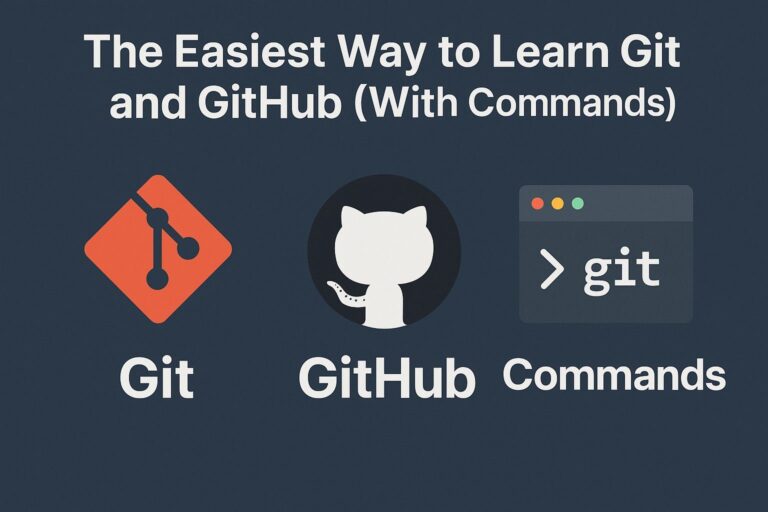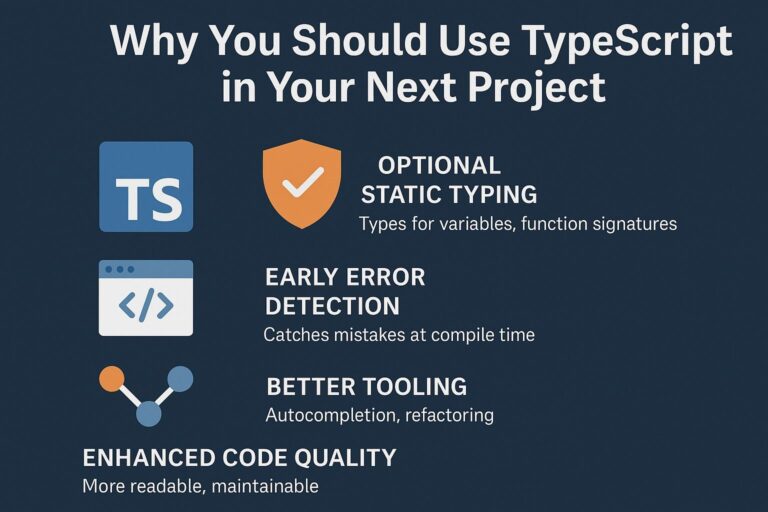
The technology industry is rapidly transforming the global job market, offering some of the most lucrative, flexible, and future-proof career opportunities. Whether it’s software engineering, cybersecurity, AI, data analysis, or UX design, the demand for skilled tech professionals continues to surge.
But what if you come from a non-technical background? Can you still break into the tech field?
The answer is a resounding yes. In fact, many people who are now thriving in tech roles started their careers in entirely different industries—education, hospitality, healthcare, journalism, marketing, or finance. Transitioning from a non-tech to a tech career is not only possible—it’s increasingly common.
This step-by-step guide provides a comprehensive roadmap to help you make a smooth and successful transition.
Why Transition to a Tech Career?
Before diving into the how, it’s important to understand the why. Here are some compelling reasons professionals are pivoting into tech:
1. Strong Job Market Demand
Tech jobs consistently rank among the most in-demand globally. Roles like software developers, data analysts, and cloud engineers are expected to grow faster than average, driven by digital transformation across all sectors.
2. Attractive Compensation
Salaries in tech are typically higher than average, even at entry level. Moreover, the potential for career growth and income increases is substantial over time.
3. Remote and Flexible Work Options
Many tech roles offer remote work, contract opportunities, and flexible schedules—ideal for those seeking a better work-life balance.
4. Transferable Skills Are Valued
Soft skills such as communication, critical thinking, and problem-solving are highly sought after in tech. Your domain expertise from a previous career can provide a unique edge.
5. Opportunities to Innovate and Grow
Tech is a fast-paced industry where you can work on impactful problems, be creative, and continuously develop your skills through hands-on learning.
Step 1: Clarify Your Motivation and Identify Transferable Skills
Start by asking yourself some important questions:
- What draws me to a tech career?
- What types of tasks do I enjoy (e.g., problem-solving, designing, writing, managing projects)?
- Am I more interested in technical or hybrid roles?
Analyze Your Transferable Skills
Many non-technical roles develop competencies that are crucial in tech:
- Communication and writing – great for technical writing, UX, or client-facing roles
- Customer service – essential for support roles or user research
- Project management – useful for Scrum Master or Product Owner roles
- Industry knowledge – valuable in health tech, fintech, edtech, etc.
- Analytical thinking – applicable in data analytics, QA, or cybersecurity
Make a list of these strengths to guide your direction.
Step 2: Research the Variety of Roles Available in Tech
The tech field is vast, with opportunities across different levels of technical intensity. Explore options to see where your interests align:
Technical Roles (Require Moderate to Advanced Technical Knowledge)
- Software Engineer / Developer
- Web Developer (Frontend, Backend, Full Stack)
- Data Analyst or Data Scientist
- Mobile App Developer
- DevOps Engineer
- Cybersecurity Specialist
- Cloud Architect
Low-Code / No-Code Roles
- Automation Specialist using Zapier, Integromat, Airtable
- Web Designer using platforms like Webflow or Wix
- Workflow Consultant for SaaS tools
Non-Technical or Hybrid Roles
- Product Manager
- UX/UI Designer
- Business Analyst
- Technical Writer
- QA Tester
- Customer Success Manager in SaaS
- Implementation Specialist
- Scrum Master or Agile Coach
Use sites like O*NET, LinkedIn, and Glassdoor to read role descriptions and learn what each job entails.
Step 3: Choose a Learning Path Aligned With Your Goals
Once you’ve identified a target role, it’s time to acquire the necessary skills. This does not mean going back to college. There are several accessible paths for adult learners:
Free and Paid Learning Resources
- Online Platforms: Coursera, edX, Udemy, Codecademy, freeCodeCamp
- MOOCs: MIT OpenCourseWare, Harvard CS50, Google Career Certificates
- YouTube Channels: Fireship, The Net Ninja, Tech With Tim, Simplilearn
- Bootcamps: General Assembly, Flatiron School, Springboard, Le Wagon
- Self-paced programs: CS50x, The Odin Project
Choose one learning path and stick with it. Learning consistency is more important than how fast you go.
Step 4: Build Real Projects and Create a Professional Portfolio
Tech hiring managers care about what you can do, not where you went to school. The best way to prove your skills is by building projects that reflect your abilities.
Types of Projects You Can Build
- A personal blog or portfolio site
- A simple task tracker or to-do list app
- A data visualization project using public datasets
- A redesign of an app or website with UX case studies
- Automation tools using Python or no-code tools
- Documentation for an open-source project
Host your code on GitHub, design work on Behance or Dribbble, and write about your projects on Medium or a personal blog.
Step 5: Join the Tech Community and Start Networking
Success in tech isn’t just about what you know—who you know matters too. Surrounding yourself with like-minded learners and professionals can accelerate your progress.
Ways to Build Your Network
- Join free online communities: Dev.to, Hashnode, Indie Hackers
- Attend virtual or local meetups: Meetup.com, Tech events
- Engage in Slack groups or Discord servers
- Connect with people on LinkedIn and ask for coffee chats or informational interviews
- Follow industry experts and participate in Twitter threads or LinkedIn posts
You don’t need to be an expert to contribute to the conversation. Share what you’re learning, ask questions, and be genuine.
Step 6: Update Your Resume and Start Applying
Even if you don’t have formal tech experience, your resume can still stand out.
Tips for Crafting a Tech-Ready Resume
- Start with a strong summary highlighting your career pivot and motivation
- List relevant technical skills and tools (e.g., Python, SQL, Figma, Git, Agile)
- Include projects in a “Projects” section with links and concise descriptions
- Showcase your transferable soft skills in the context of your previous roles
- Tailor each resume to the job posting, emphasizing keywords from the description
Create a cover letter that clearly explains your transition story and enthusiasm for the role.
Step 7: Prepare for Interviews
Tech interviews vary by role but often include the following:
Behavioral Interview Tips
- Use the STAR method (Situation, Task, Action, Result) to structure responses
- Prepare examples of learning new skills, handling feedback, or solving problems
- Demonstrate communication and adaptability—especially important in cross-functional teams
Technical Assessments
- Coding challenges via HackerRank, LeetCode, or take-home projects
- Whiteboarding or system design questions (for dev roles)
- Scenario-based problem-solving (for analysts or PMs)
- Portfolio walkthroughs (for design or writing roles)
Mock interviews with peers or platforms like Pramp and Interviewing.io can help reduce anxiety.
Bonus Step: Consider Internships, Freelance Work, or Volunteer Projects
If you’re struggling to get your first job, look for opportunities such as:
- Non-profits needing tech volunteers
- Freelance gigs on Upwork or Fiverr
- Internships or apprenticeships from entry-level bootcamps
- Hackathons and competitions to build real-time projects
This experience, though unpaid or low-paying initially, can serve as a powerful resume builder and confidence booster.
Common Misconceptions About Switching to Tech
Misconception 1: You need a computer science degree
Reality: Many tech roles are open to bootcamp grads and self-taught learners. Portfolios matter more than diplomas.
Misconception 2: You must know advanced math
Reality: Most roles only require logic and problem-solving. Data science may involve statistics, but development and design often do not.
Misconception 3: You must start with software development
Reality: Tech offers diverse roles—writing, designing, managing, testing, and supporting. You don’t have to be a developer to work in tech.
Final Thoughts
Transitioning from a non-tech to a tech career is not only achievable—it’s a smart move for the future. With determination, strategic learning, and community support, you can carve out a fulfilling role in the technology industry, regardless of your previous profession.
There is no one-size-fits-all path. What matters most is taking consistent action, building projects, showcasing your skills, and staying curious. Tech thrives on diversity—of thought, background, and experience. Your unique journey is an asset, not a limitation.
The sooner you start, the faster you’ll realize that the tech world isn’t reserved for a select few. It’s open to anyone willing to learn and grow—including you.

I’m Shreyash Mhashilkar, an IT professional who loves building user-friendly, scalable digital solutions. Outside of coding, I enjoy researching new places, learning about different cultures, and exploring how technology shapes the way we live and travel. I share my experiences and discoveries to help others explore new places, cultures, and ideas with curiosity and enthusiasm.






